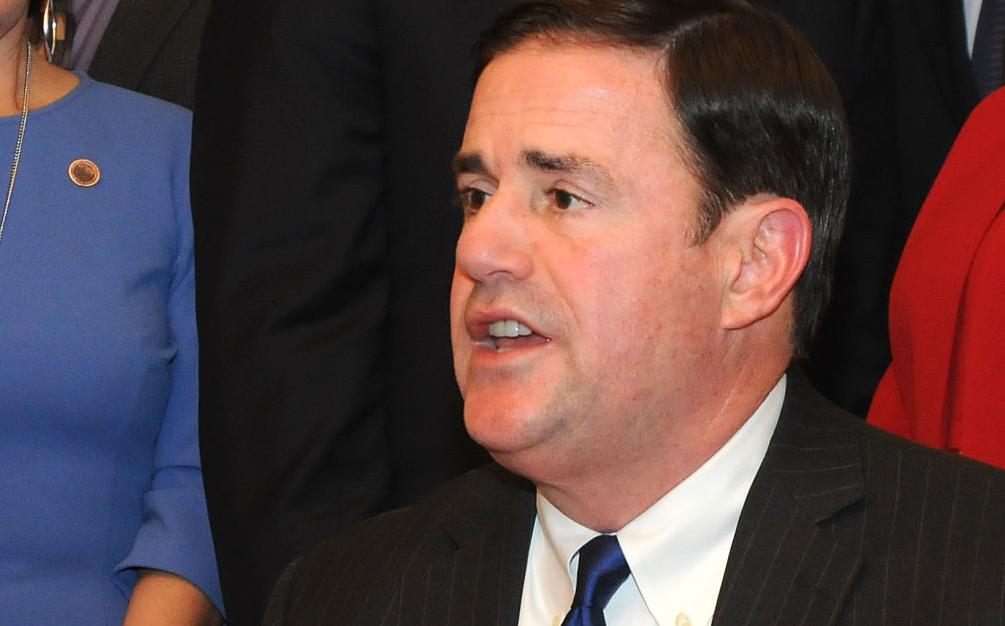PHOENIX — Arizona motorists who purchase just the bare minimum liability insurance now required are going to have to spend a bit more.
But not until next year.
Legislation signed Friday by Gov. Doug Ducey mandates that vehicle owners purchase policies that provide for at least $25,000 worth of coverage for injuries caused to any one person. The current minimum is just $15,000, a figure that was put in place in 1972.
The new law also boosts total coverage for all injuries in any one mishap from $30,000 to $50,000. And the property coverage — essentially damage to someone else’s vehicle — would go from $10,000 to $15,000.
It would apply to policies purchased or renewed after July 1, 2020.
How much more that will cost, however, remains a bit unclear.
Lobbyist Rob Dalager who represents groups backing the higher limits told lawmakers earlier this year he has heard figures of anywhere from $3 to $8 a month.
He said, though, the only people who should be affected are those who buy the bare minimum. The bills for those who already purchase more extensive coverage would remain unchanged.
Ducey vetoed a similar measure last year that would have boosted the minimum property damage to $25,000.
The governor expressed concern on how higher liability limits would make insurance less affordable for those at the bottom of the income scale. And that, he said at the time, could result in some motorists choosing to drop coverage altogether, even though it’s required under state law and first-time violators face a $500 minimum penalty.
Sen. Kate Brophy McGee, R-Phoenix, the sponsor of last year’s bill, responded by scaling back that property damage coverage to $15,000.
That, however, still left some foes. Sen. Eddie Farnsworth, R-Gilbert, said he had philosophical objections to the whole concept.
“I’m not a big fan of mandatory insurance,” he said.
“Nobody mandates you have insurance in business,” Farnsworth said. “And you can do a lot of damage that way.”
Sen. Lupe Contreras, D-Avondale, acknowledged during the debate the increased financial burden on some of his constituents. But he said he sees this as providing protection for those who get into accidents.
Contreras said many of the vehicles on the road cannot be replaced for the $10,000 maximum that an errant motorist’s insurance company would have to pay out. Any additional costs would be borne by the at-fault driver, assuming that person actually has the finances to make up the difference.
“I would want to protect them in a sense of them paying $3 to $8 more a month to make sure that they’re getting what they need out of their vehicles,” he said.
But Contreras said he is under no illusion that higher coverage for personal injury is going to make a significant dent in the kind of medical costs after a major accident. And that, he said, comes from personal experience.
“The limits were nothing close to my million-dollar bills from the hospital from being revived twice,” he said. That same 1990 accident also claimed the life of his 18-year-old sister.
“These liability limits, it doesn’t bring a person back, doesn’t do anything,” Contreras said, but it does provide at least some additional coverage. “You can’t put a price on a life when you’re talking about a few dollars a month.”





